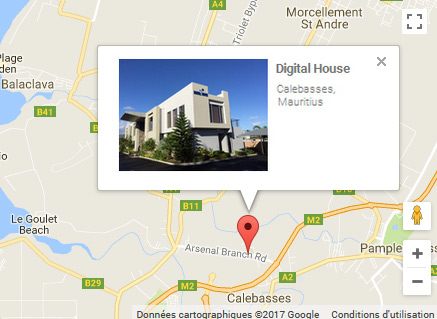How your website can stand out in a crowded internet
In the fight with OTAs for direct bookings, a superior website design can tip the scales in the favor of individual properties.
With the multitude of booking options available to travellers, owners and asset managers should recognize that it is more important than ever for their hotel or resort website to stand out from the crowd and drive direct bookings. The property’s website needs to offer a distinct impression and presentation that creates a unique public persona and differentiates it from branded websites and online travel agencies.
Usually brands require that a property website follow specific brand standards, but your website should still embrace unique and discernable messaging. Although there are many benefits of having a branded property, such as consistency and distribution, the market is increasingly competitive and full of soft brands under one umbrella. A profitable website needs to be able to create a brand’s public persona, which includes developing a full picture of the property from amenities and location to nearby attractions.
A strong website also needs to draw potential guests away from OTAs. OTAs rely on a restricted amount of basic copy along with a few standard pictures to pull in prospective purchasers, and only hotel staff who are intimately familiar with the hotel or resort know how to aptly describe the unique selling points of the property.
Comparatively, a full, branded site has endless possibilities for brand control and descriptions. A property’s vanity and/or branded site have the ability to offer much more rich detail and imagery and create a lasting impression with prospective guests that will encourage them to book directly.
Tips and tricks
The following items will help your vanity site or main webpage stand out from the crowd.
1. Ease of use and heightened user experience
All website features should be mobile-friendly and easy-to-use. Websites with responsive design not only enhance user satisfaction, but also help with search rankings. In fact, Google recently announced that it will place an even greater focus on mobile-friendly sites in the upcoming months.
Search-engine optimization aside, websites that are difficult to navigate or otherwise non-intuitive cause frustration and can ultimately drive a traveler into the arms of another hotel. Digital marketing companies can easily help decipher a guest’s path through the website, including most-visited pages and abandon points.
2. Location and other demand-generating features
No matter where the property is situated, a large portion of what is being sold to the guest is the location and the local culture. Keep this in mind while designing the hotel’s website and show the property’s strengths, both interior and exterior, through photos, maps and sample itineraries or activities that feed into your target market’s reason for visiting. Perhaps your hotel has a great art collection or is surrounded by local shops and galleries. Highlight these on your website instead of only feeding site visitors general facts that are true of any hotel in your area.
3. Visually compelling
Set guests’ expectations visually. Use rich imagery to transport your target market to your property, to really give them an idea of what to expect from a stay there.
For example, if the property is a leisure destination, show photos of people similar to the property’s target guests enjoying the amenities available to them, which conveys to website visitors what their trip could be like. However, be careful to avoid using older photos that may not accurately reflect what the property looks like now. This can negatively affect guests’ expectations and could ultimately result in a feeling of mistrust or a bad review.
4. Authentic copy
Rather than oversaturating the site’s copy with generic SEO terms, develop authentic copy that will play into your overall market differentiators and drive qualified guests to the site.
This can be achieved through integration of blogs, guest reviews, user-generated content from social media and press. All of these things are easily updated and will keep the site fresh and in the moment. This is your opportunity to really tell your brand’s story in a way that takes guests on a journey and creates a sense of anticipation for what that journey might hold.
5. Personalization
Cater to what the guest is looking at and make their booking process simple. When a guest visits a website, they leave a breadcrumb trail of valuable data that you can use to better cater to their needs with various personalization products available on the market.
If a guest is spending more time on the leisure pages of your website, the next time that they return, packages for the spa or golf can automatically be featured on your homepage to drive conversion rates. If a visitor seems more interested in a meetings page, content can reflect a more business-like appearance and contact forms can be tailored with a customized call-to-action that will move website visitors further down the sales funnel.
Conclusion
Owners and asset managers are not expected to be experts on web design, but the above tips should help them ensure that their websites are as effective as possible.
A site that stands out from the crowded internet will be more successful at attracting guests and reducing acquisition costs by encouraging direct bookings. In short, investing time and money in a strong website provides a strong return on investment.
Source: hotelnewsnow.com

